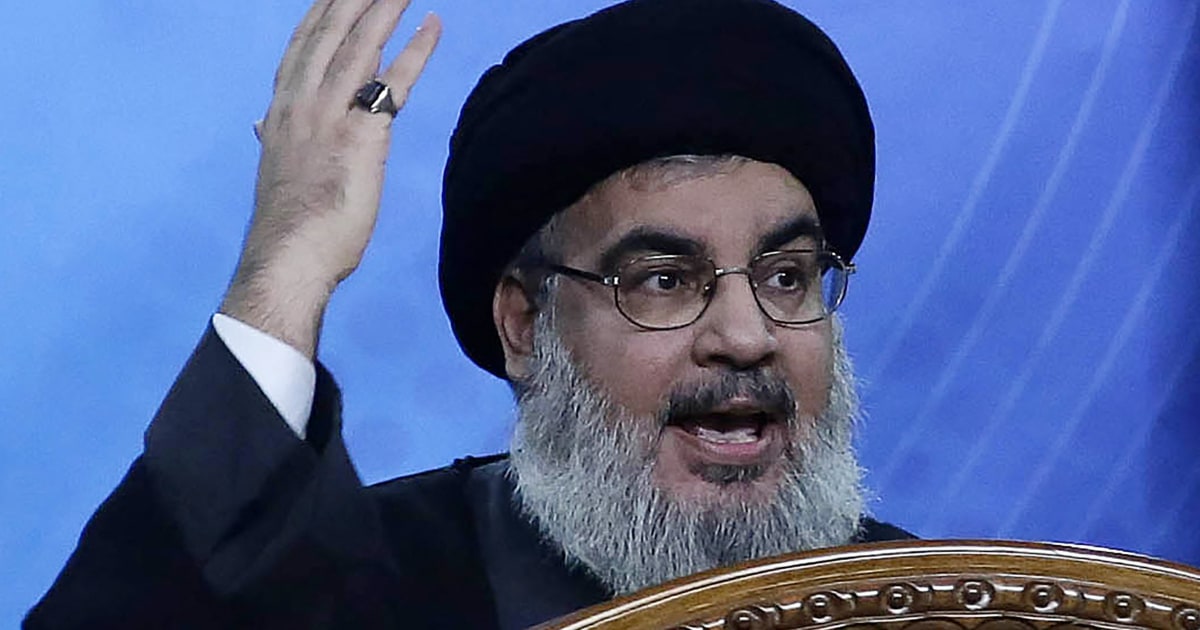
The Pentagon is looking at options for increasing the number of troops and equipment in the Middle East after the assassination of Hassan Nasrallah, according to two U.S. officials.
This morning, military officials presented Secretary of Defense Lloyd Austin with options for additional military support to the region, and he in turn discussed the current military posture and some options on the call with President Joe Biden and other national security leaders. No decisions were made on the White House call, the officials said, but Austin does have the authority to send forces to the region.
The U.S. has about 40,000 troops in the region right now — that’s more than the U.S. had in place when Iran retaliated against Israel in April. As of now, the U.S. officials say the Pentagon is confident in their posture but could extend some current deployments even after replacements arrive (thereby increasing the total number) or make a few adjustments in air defense and other capabilities given the probability of retaliation from Iran or Hezbollah.
The U.S. has troops and assets in the region now to support a military-assisted departure of civilians should one be necessary, but the officials said the airport is operating and there are still a couple of commercial flights leaving.
They added there are not many requests for help from Americans to leave right now. So, while there is planning and they are ready, there is still no decision to order a non-combatant evacuation, or NEO. However, the officials pointed out, that could change quickly if the situation deteriorates.
There is still a chance that the USS Harry S. Truman carrier strike group is re-routed from Europe to the Middle East, but as of now there is no indication that is happening. It arrives in the European theater in about a week but could quickly be re-assigned to U.S. Central Command.






